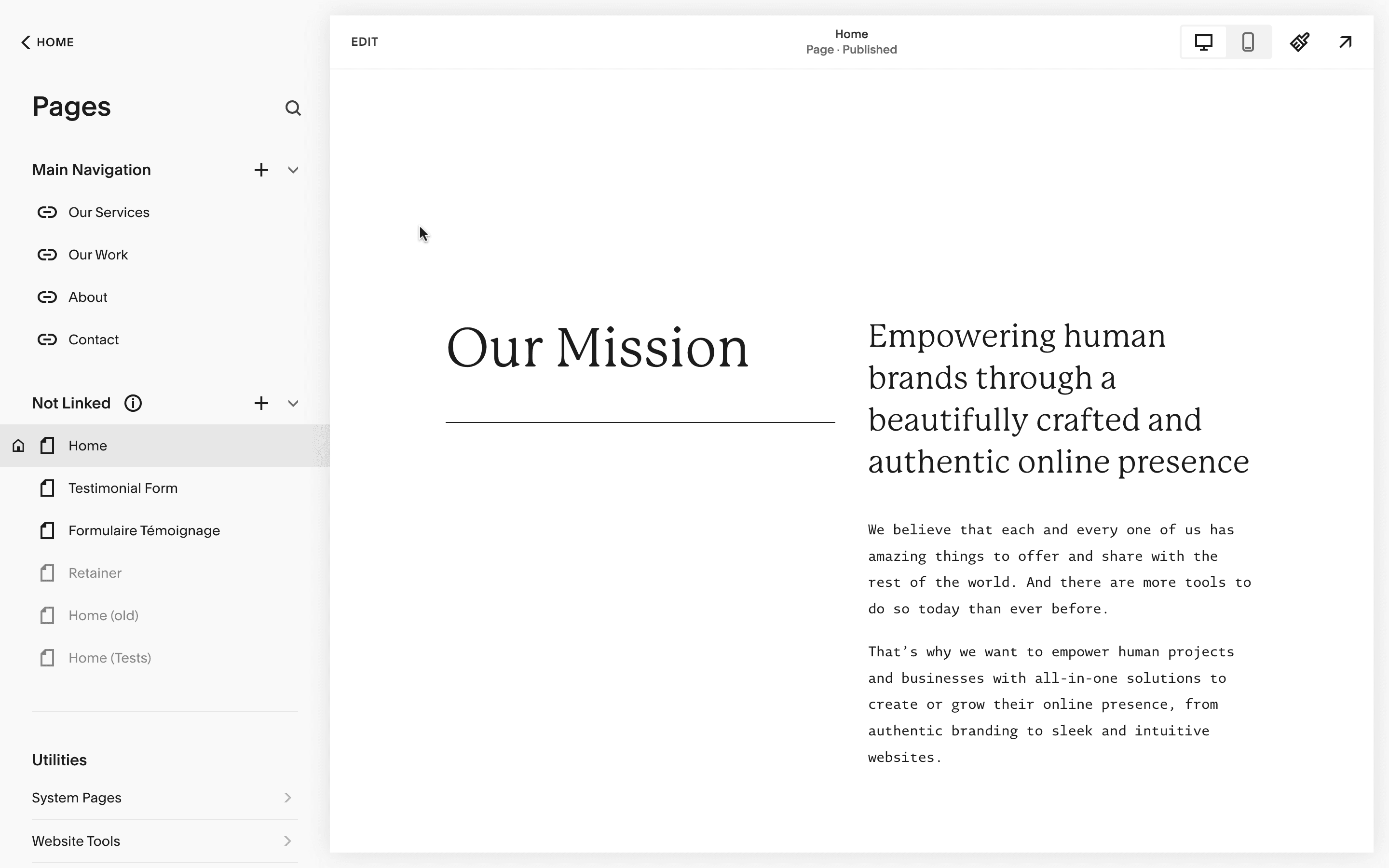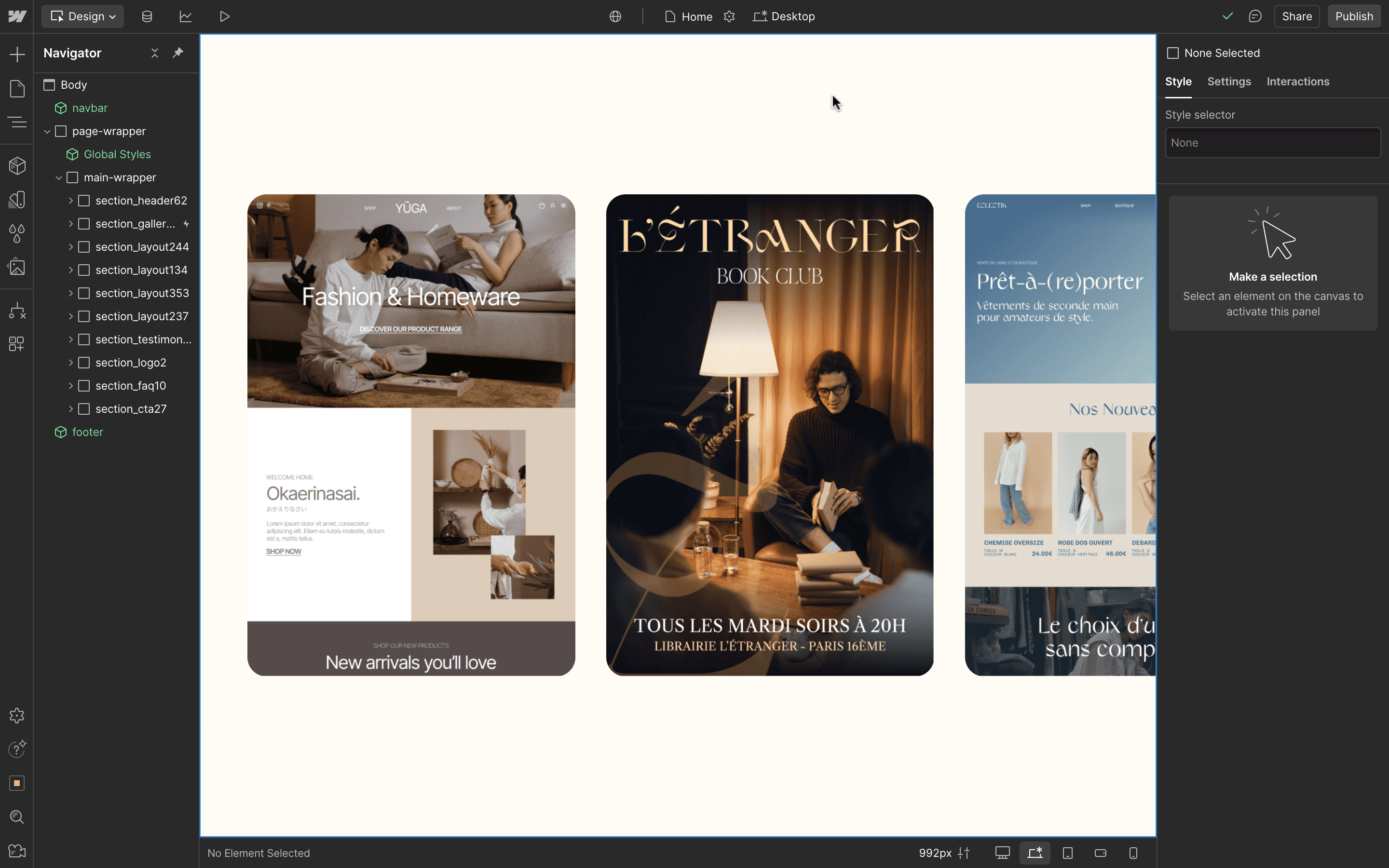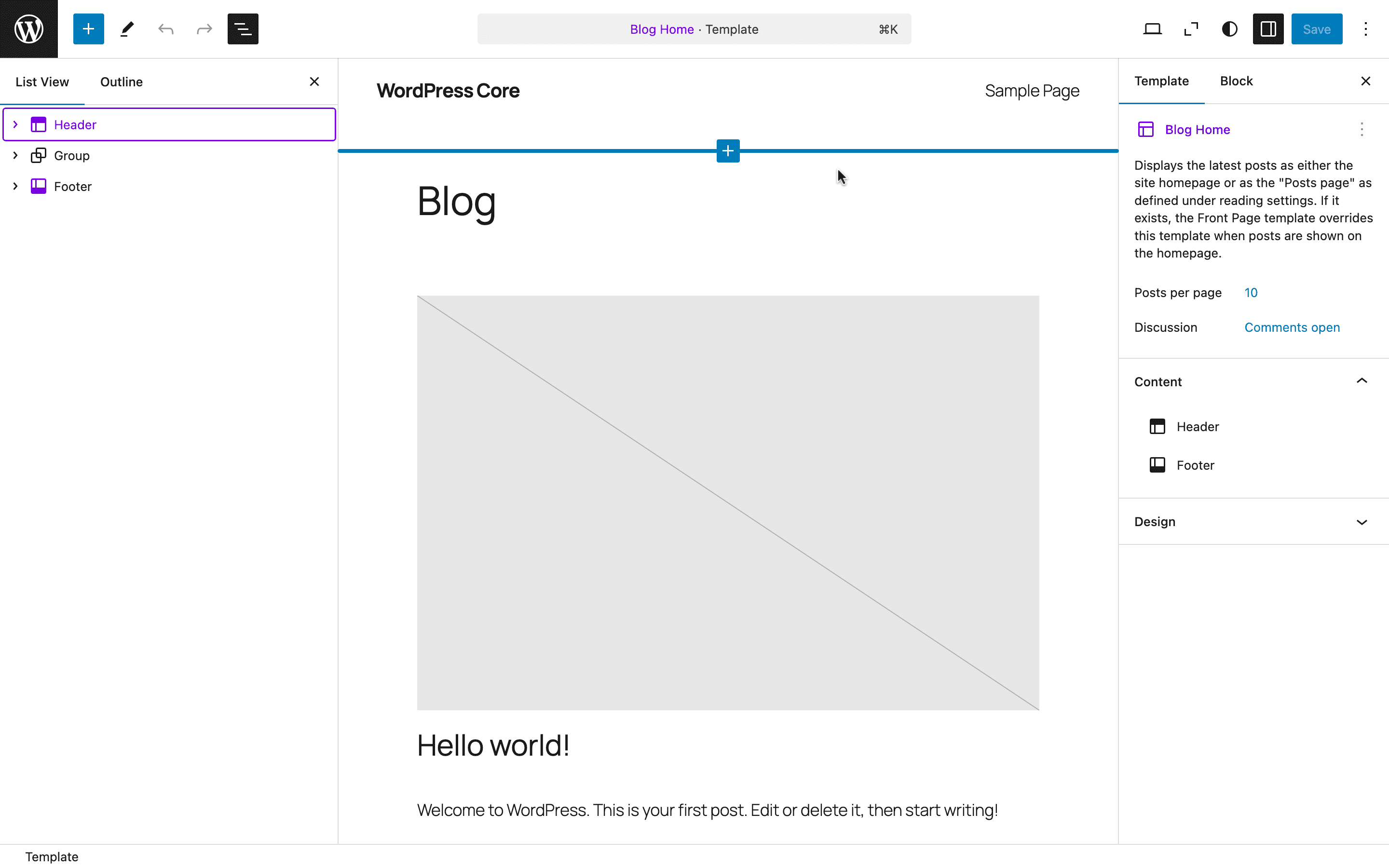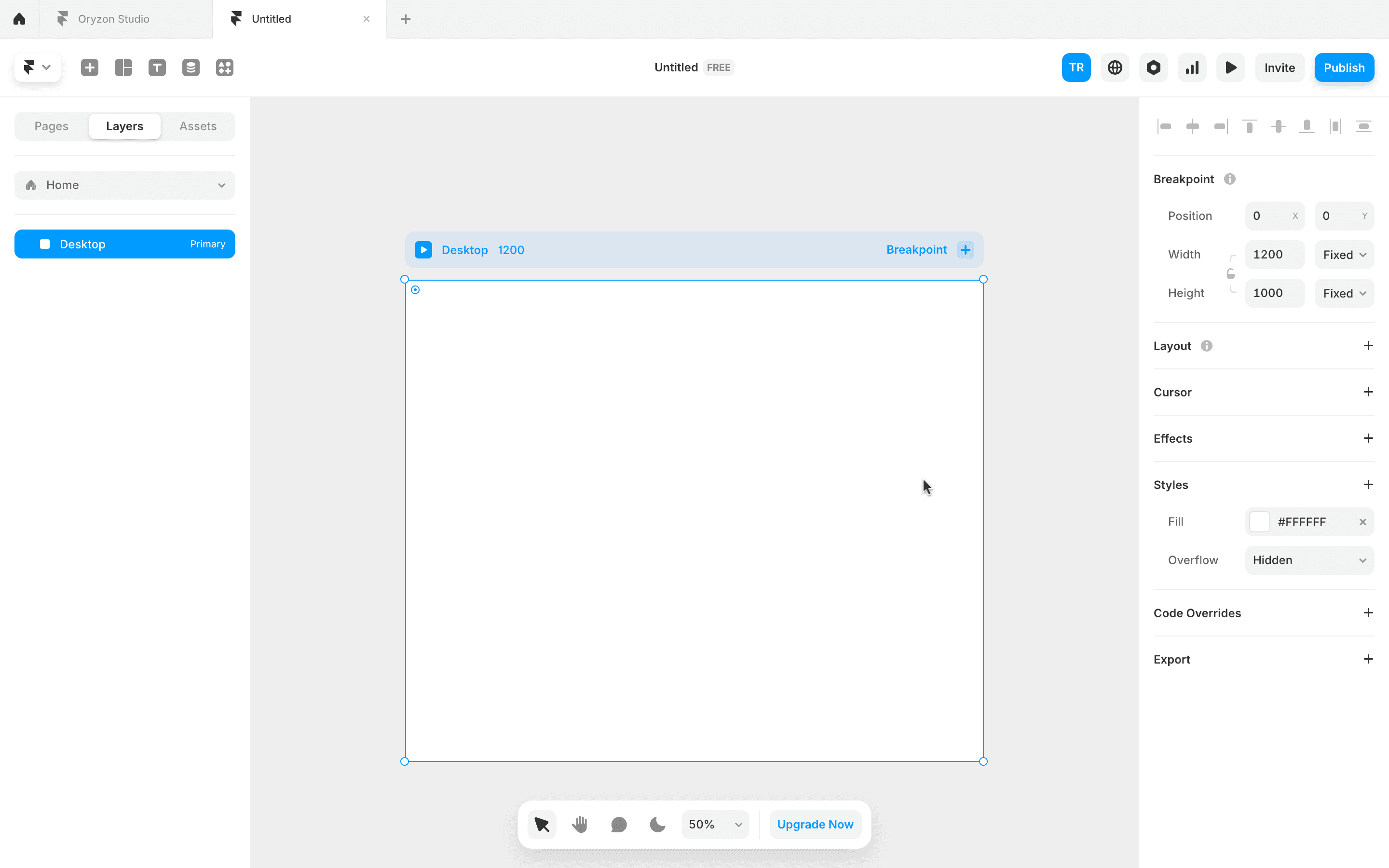Choosing the Right Website Builder for Small/Mid Businesses, Entrepreneurs, and Creatives
An overview of Squarespace, Webflow, WordPress, Framer and our recommendations for mindfully choosing a website builder for your project
Published on
January 6, 2025
Written by
Cyril Ramade
Many offerings for website builders are available these days, as alternatives to coding a website from scratch.
They can help get a website built and expanded faster, or maintained more easily. And they each accommodate different types of uses cases.
They also vary in terms of:
what they come bundled with: some include hosting, while others don’t;
their logic of use: some are like visual coding, while others are more free-form;
their business model: some are proprietary when others are open-source;
their respective ecosystems of templates, extensions, and integrations.
Given the model of SaaS (software as a service) that a lot of them follow, they are also constantly evolving.
And, while we don’t find any of them to be perfect, we certainly find value in what many of them offer, depending on the use cases for the projects we work on.
As such, they can be really helpful when building a website for a small/mid business or initiative, an entrepreneur, or a creative. Whether for yourself, or a third party—like a client.
And if you’re passionate about the project you aim to build a website for, there are definitely several things we recommend considering, in order to find the right website builder.
So here’s an overview of the 4 major website builders we currently build projects with, along with our core recommendations for choosing one for your project.
Squarespace

Squarespace, the website builder we first got started on, quite a few years ago. Self-described as a website builder to “create a website in minutes.”
What we like about it
Squarespace allows getting started fast with a large choice of serviceable templates.
It features multiple built-in types of Content Management System (CMS): blog, portfolio, events.
It offers a broad scope of out-of-the-box features: e-commerce, scheduling, member areas, domain registration.
What we don’t like so much
An iffy editor: following the release of their “fluid engine” a few years back, in replacement of their classic block editor, we now find the editing experience to be less than stellar on Squarespace.
Some jittery responsive design: mostly due to its fluid engine, the responsiveness of design can be somewhat haphazard with Squarespace.
Squarespace is proprietary software all the way and offers no option for third party hosting.
All in all
We see Squarespace as a jack of all trades and master of none: particularly suited for non-technical people, who want to get stuff going fast and maintain their website themselves, rather than invest time learning a more robust tool, or paying someone for development and maintenance. Pricing starts at around $20 (USD) monthly, at the time of writing.
Webflow

Webflow, the second website builder we turned to, and used to build our previous Oryzon Studio website. Self-described as a “visual website builder.”
What we like about it
We’d describe Webflow as visual coding with a web-style logic of use (in regard to HTML for structure and CSS for styling), enabling users to build robustly structured pages and sites.
Its WYSIWYG (What You See Is What You Get) editor puts a focus on visual control, including responsive design for different display sizes. And it comes with the ability to create native animations from scratch with really granular control.
What we don’t like so much
We find the native CMS features limited, with no native support for blog comments, for instance.
Webflow’s visual coding approach definitely involves a learning curve when getting started. Though it’s not a problem in itself, it is worth noting in conjunction with the fact that Webflow is proprietary software and that not everything you spend time learning with it will be applicable in other software.
Like Squarespace, Webflow is proprietary software all the way and offers no option for third party hosting.
Something worth noting
It so happens that during the period of writing of this article, some major changes were announced regarding Webflow as a product. These include the deprecation of features actually released not too long before the time of writing: logic and user accounts (previously known as memberships). This marks a significant turning point in how we look at Webflow, which until now seemed to be aiming at expanding its array of offerings. At this point, Webflow still offers features like ecommerce and forms. But changes such as these definitely illustrate how the SaaS aspect of website builders can sometimes drastically impact their offerings and the websites you’ve built with them.
All in all
We see Webflow as a builder for sites that mean to combine striking visuals with a robust web structure. Its web-style logic makes it a very elegant visual coding tool, but it does involve a substantial learning curve, and remains proprietary software all the way. We can’t speak for its ecommerce offerings, as we’ve never tried them, but its native blog features aren’t the most comprehensive in our eyes. Pricing starts at around $20 (USD) monthly, at the time of writing.
WordPress

WordPress, the third website builder we turned to, and an open source champion we use for independence-seeking projects. Self-described as a “blog tool, publishing platform, and CMS.”
What we like about it
WordPress core (in distinction to the wider WordPress ecosystem) is completely open source. This means, among other things, that it is, in and of itself, 100% free to use.
The open source format of WordPress has led to the development of an unrivalled ecosystem of themes and plugins for it, allowing to build pretty much any kind of website.
Unlike Squarespace or Webflow, WordPress does not include hosting, which we like because it means you get to choose your hosting provider and hosting modalities.
What we don’t like so much
There’s a learning curve to the logic of WordPress: its use of themes and approach of resorting to different plugins for different features, the fact you can use 2 native editors or other even third party page builders, the fact that you can still use custom code if you want, etc. It’s not complicated to get an overview-level understanding of its ins and outs, but it requires time to make the most of it.
Given its logic of using plugins for features, WordPress does not offer that many features out of the box. This actually includes resorting to plugins or custom code for things like reinforced security or caching to improve performance.
While WordPress core is open source and free, not all themes and plugins are, so they also add up to the budget for hosting. As such, WordPress is not an all-in-one package like Squarespace or Webflow.
A few things worth noting
Open source does not mean drama-free. This is illustrated by the dispute that arose between WordPress.org and WP Engine, in September 2024.
Because WordPress does not include everything, when building a website with it, you resort to tools created by third parties that are not WordPress, and have their own ethos, goals, products, and practices.
Something else worth noting is the difference between WordPress.org, which refers to the WordPress open source project and tool, and WordPress.com, which provides hosting for WordPress websites. More on this can be found here. So when we say WordPress or WordPress core, we refer to the tool coming from WordPress.org.
All in all
We see WordPress as a builder for website projects requiring independence and sovereignty. Not only can you build any kind of website you want with it, but the level of control it offers to the users is unparalleled in the website builder landscape—as far as we know. While WordPress itself is free to use, there is a financial cost for additional plugins and hosting, as well as an investment of time in learning how to operate it successfully.
Framer

Framer, the fourth website builder we turned to, and the one we used to build the current Oryzon Studio website. Self-described as “the web builder for stunning sites.”
What we like about it
Framer offers visual coding with Figma-style logic (Figma is interface design software), to easily build pages that combine aesthetic and structure.
It also features a built-in focus on responsive design, and the ability to create native animations from scratch with really granular control.
Framer can be fairly easy to get started with, thanks to templates and component kits.
What we don’t like so much
Framer’s CMS offering is pretty limited in our eyes, and does not natively include blog comments, for instance.
There is a steeper learning curve to Framer for anyone not familiar with Figma. Like for Webflow, it’s not a problem in itself, but it’s worth considering given that Framer is also proprietary software and not everything you spend time learning with it will be applicable in other software.
Framer is the youngest of the 4 builders we discussed here, and its ardor for visual display can be challenged by performance issues, such as increased load times and slowdowns.
Much like Squarespace or Webflow, Framer is proprietary software all the way and offers no option for third party hosting.
All in all
We don’t know about “stunning sites”, but Framer does deliver on the visually striking aspect of its promise, albeit at the occasional cost of performance. We find its approach to visual coding a bit more accessible than Webflow’s, especially for those with a background in visual design and Figma. Pricing starts at around $20 (USD) monthly, at the time of writing.
Our core recommendations for choosing a website builder for your project
There’s much more that can be said about each of these tools, and on many others available.
But the idea was to give a quick and actionable overview of the market of website builders, providing clarity to help make sense of the current offerings by some major ones.
Furthermore, everyone can have their own experiences and perspectives regarding these 4 website builders, and the many others that are out there. Ours are our own, and, as much as we value them, there’s room for everyone’s!
Add to this that, as we mentioned, given the SaaS nature of these tools, their offerings evolve constantly, something exhibited all too clearly by the drastic changes from Webflow that we made note of.
So, as illustrated by what we shared about each of these 4 website builders, our core recommendations for choosing a website builder really come down to considering the following:
Features capabilities: how can the builder you’re considering cater to your project’s specs? This can include features like blog and ecommerce, but also visual effects, performance, and even security.
Logic and ease of use: does it lean towards the user-friendly side or the more technical end? This can be considered both for initial development and ongoing maintenance.
Performance, security, and Search Engine Optimization (SEO): they lie on the more technical side of things, and we find them comparable between the builders we discussed, but it’s worth being aware of these aspects as well.
Business model: is it proprietary or open source? As illustrated by what we discussed with Webflow, when using proprietary software, our website is indeed at the mercy of the company behind the builder, in terms of both features and pricing.
Company: who are you getting in business with? Substantiated by the previous point, it’s worth looking into the people behind the builder you want to build your project with, including their ethos, and their potential for longevity. And that includes the third party entities you’re liable to deal with when building a website with WordPress, through themes and plugins.
Pricing modalities: what do you get for what price? The different builders we’ve discussed here all have starting offers around the same price—about $20 (USD) a month, at the time of writing. But the offerings included for that price and the modalities of pricing for more specific features do vary significantly from one builder to the next.
No website builder has it all—none that we’ve found, at any rate.
The fact they have limitations and weaknesses does not mean we shouldn’t use any of them. They can still bring in a lot of value to our projects, so long as we mindfully consider these limitations when choosing a builder—and keep them in mind moving forward.
We also do recommend being transparent about these aspects and caveats for professionals building websites for clients. We definitely aim to, ourselves.
In a nutshell
There are definitely multiple ins and outs to creating a website with a website builder, and therefore to mindfully choosing a website builder for a project you’re passionate about.
After all, when you build a website, you directly participate in creating the internet you want to use. That’s certainly how we look at it ourselves.
So, much like in life on a broader scale, the more we understand the ins and outs of our choices and actions, the more aligned we can be with them. The more we can grow, and the better we can connect with each other.
And one could argue this is exactly the point of any website, and of the internet itself: to connect people.
Note: Just to be clear, we currently don’t have any financial affiliation with any of the website builders or pieces of software mentioned in this article. This helps us maintain clarity and alignment, and only consider them from the perspective of what we can get out of them creatively, for the sake of the projects we work on and the people we work with.



